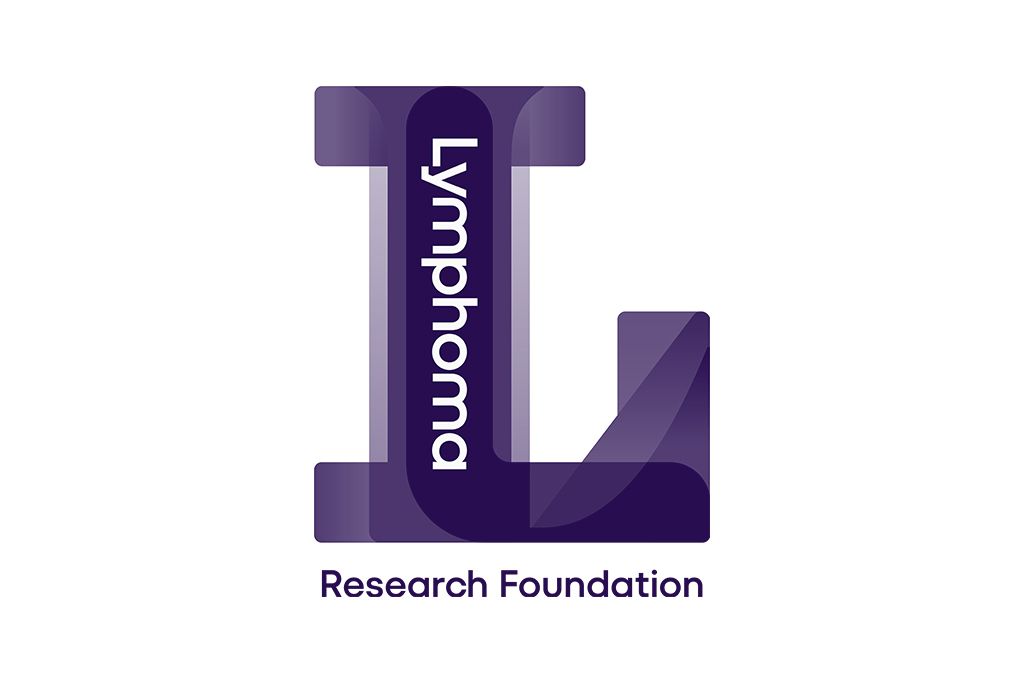
FDA Approval of Jakafi for Chronic GVHD Provides Another Option, But ‘More Work Needs to Be Done’

While the recent FDA approval of Jakafi offers another effective option for patients with chronic GVHD, one expert urges that more work needs to be done to prevent and/or reverse the condition.
“This drug has shown promising activity in chronic GVHD and we now have randomized data proving it. It is nice to have another tool available to manage these challenging cases,” said Dr. Mehdi Hamadani during an interview with CURE®. “But in spite of this very important approval, we need to support ongoing clinical trials that are looking at other novel agents for chronic GVHD, and in fact several agents in development are looking very promising.”
Hamadani, who is a professor of medicine at Medical College of Wisconsin and director of the Blood and Marrow Transplant program at Froedtert Hospital, explained that while Jakafi will not change the first-line management for patients, it provides another option for those with moderate to severe chronic GVHD who do not respond to corticosteroids.
Patients who develop chronic GVHD typically experience symptoms such as skin rash, yellow discoloration of the skin or eyes, nausea, vomiting, diarrhea or abdominal cramping. It occurs when donated blood marrow or blood stem cells from a transplant view the patient’s body as a foreign threat and begin to attack it.
“Depending on the platform a given transplant center uses, approximately 50%-60% of patients develop chronic GVHD,” Hamadani said. “And arguably, I would say 30%-40% develop what we call the NIH moderate and severe chronic GVHD, that not only has impact on patients’ quality of life, but also is known to increase transplant-related mortality if the disease does not improve with corticosteroids, which have been the mainstay for chronic GVHD management. Historically we had limited options to manage these patients.”
The data that informed Jakafi’s approval came from the phase 3 REACH3 trial. Researchers reported an overall response rate (ORR) – or proportion of patients whose disease responded to therapy – of 49.7% after 24 weeks with Jakafi compared with 25.6% with the best available therapy (BAT). On cycle seven, day one, the ORR was 70% with Jakafi and 57% with BAT.
Patients within the BAT group during the trial may have received one of at least 10 different agents, Hamadani explained.
“So we are comparing an investigational agent with a variety of non-standard agents, which produces a degree of heterogeneity in the control arm. But with that limitation in mind, the observed responses in the experimental arm, that being Jakafi, at week 24 after starting treatment were twice as higher. Approximately 50% of the patients under the Jakafi arm responded compared to about a quarter of patients on the standard of care arm, so the response rates are impressive, and the durability of responses is also fairly good at six months.”
Hamadani added that though they are uncommon, there are variations of GVHD that are exceedingly difficult to manage, such as when patients’ lungs are impacted, and they experience shortness of breath or become oxygen-dependent.
“So if you look at the supplemental appendix of the publication, in lungs, there was no difference between Jakafi and best supportive care, at least in terms of response rates, and that's really a challenging form of GVHD. It's uncommon, but when it happens, it really impacts the quality of patient's life,” he said.
In terms of side effects, patients receiving Jakafi most commonly experienced anemia, thrombocytopenia (low blood platelet count), infections (pathogen not specified) and viral infection.
“Jakafi has a very well-known profile of toxicity because this drug has been used in patients with myelofibrosis or polycythemia vera for a number of years now,” Hamadani said. “We have been using Jakafi for acute GVHD, by the way, for several years now.”
He added that some of the patients in his clinic who received Jakafi through expanded access programs experienced fatigue that led to a dose reduction to address the quality-of-life concern. While it’s important for physicians to keep track of patients’ side effects, they are well-managed with appropriate supportive care, and most patients are able to stay on it.
“Jakafi is a very useful tool,” Hamadani said. “And it's extremely pleasing to see an agent that (has) become FDA-approved as well. But I think more work needs to be done to develop more active agents to prevent GVHD to begin with, and once it develops in these concerning organs, to somehow reverse it.”
Additionally, he emphasized that change is needed from a systemic standpoint to address the massive copays patients often have to pay for oral anti-cancer agents, which creates a barrier for those who cannot afford it.
“I can tell you a number of patients who were appropriate candidates for Jakafi – in a different setting, for acute GVHD – who were not able to get the drug because they couldn't afford the out-of-pocket cost copay for the drug. And I think as a nation, we need to address this problem with drug costs.”
For more news on cancer updates, research and education, don’t forget to





